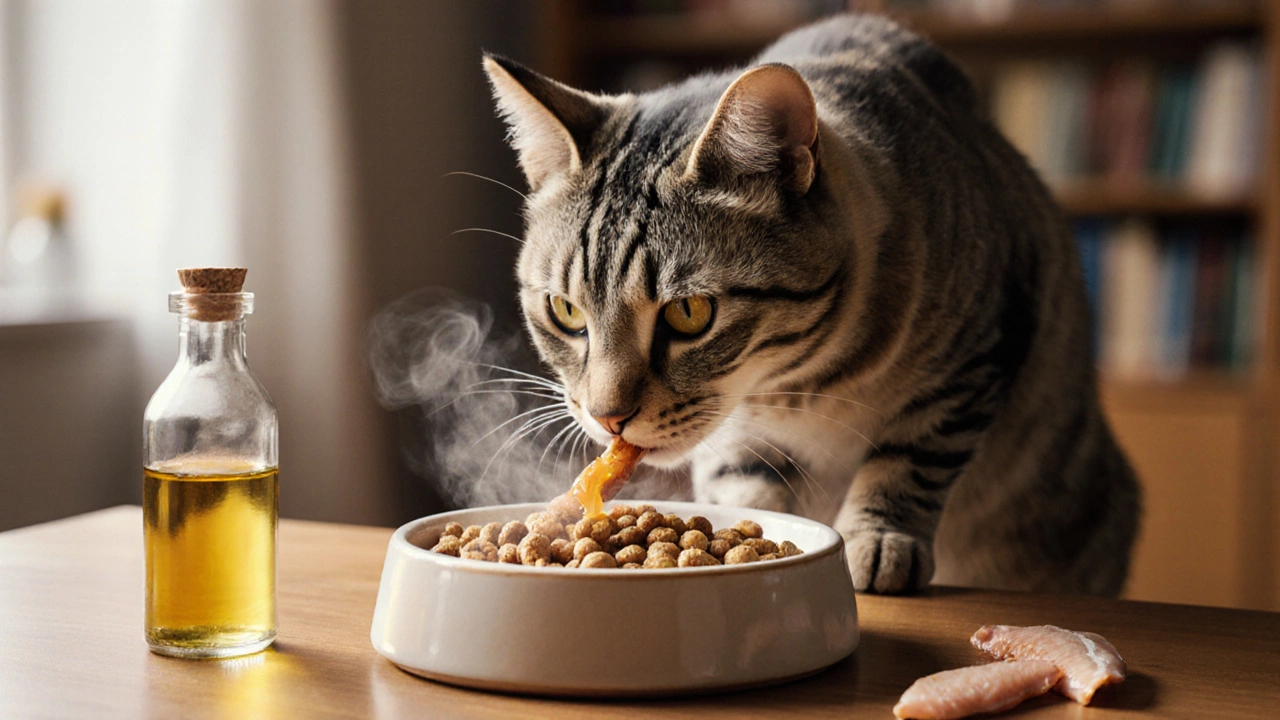Cat Dry Food: What Every Cat Owner Should Know
When talking about cat dry food, a convenient, shelf‑stable kibble formulated to meet feline nutritional needs. Also known as dry cat kibble, it is the go‑to option for many owners because it’s easy to store and helps keep teeth clean. Indoor cats, cats that spend most of their time inside the home often rely on this type of food, and the choice of kibble, the small, crunchy pieces that make up dry cat food directly impacts their overall health. In short, cat dry food encompasses essential nutrients for indoor cats, requires understanding protein sources, and influences coat and urinary health.
Key Nutrition Factors and Health Benefits
Cat nutrition, the balance of proteins, fats, vitamins, and minerals needed for a cat’s well‑being is the backbone of any dry formula. Look for high‑quality animal protein, added taurine for eye health, and controlled carbohydrate levels to avoid weight gain. When the right ingredients are used, the kibble supports a shiny coat, steady energy, and healthy digestion—critical for indoor cats that are less active. Premium dry cat food often includes antioxidants that boost the immune system, showing how the choice of kibble influences long‑term cat health.
Choosing the right product means matching the formula to your cat’s life stage, activity level, and any specific health concerns. Whether you need a grain‑free option for a sensitive stomach or a weight‑control blend for a chubby kitty, the market offers a range of solutions. Below you’ll find articles that break down top brands, ingredient lists, and practical buying tips to help you pick the perfect kibble for your feline friend.
What to Add to Your Cat's Dry Food for Better Nutrition
Discover safe, effective ways to enhance your cat's dry food with wet food, toppers, fish oil, and probiotics to improve hydration, coat health, and digestion-without risky additions.
Dry vs Wet Cat Food: Which Is Healthier for Your Feline?
Explore the pros and cons of dry vs wet cat food, learn how each affects hydration, weight and dental health, and get a practical guide to building a balanced, healthy cat diet.

